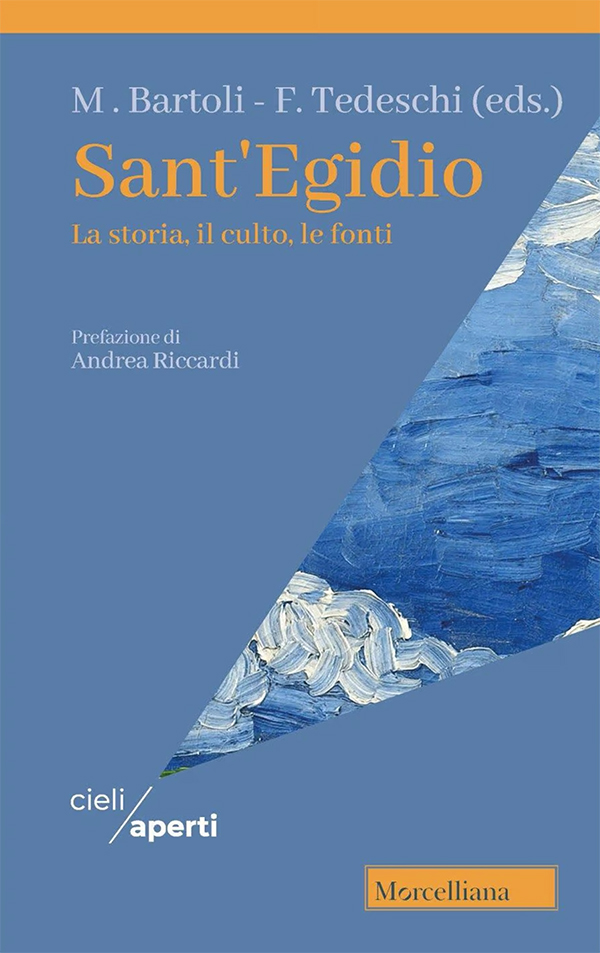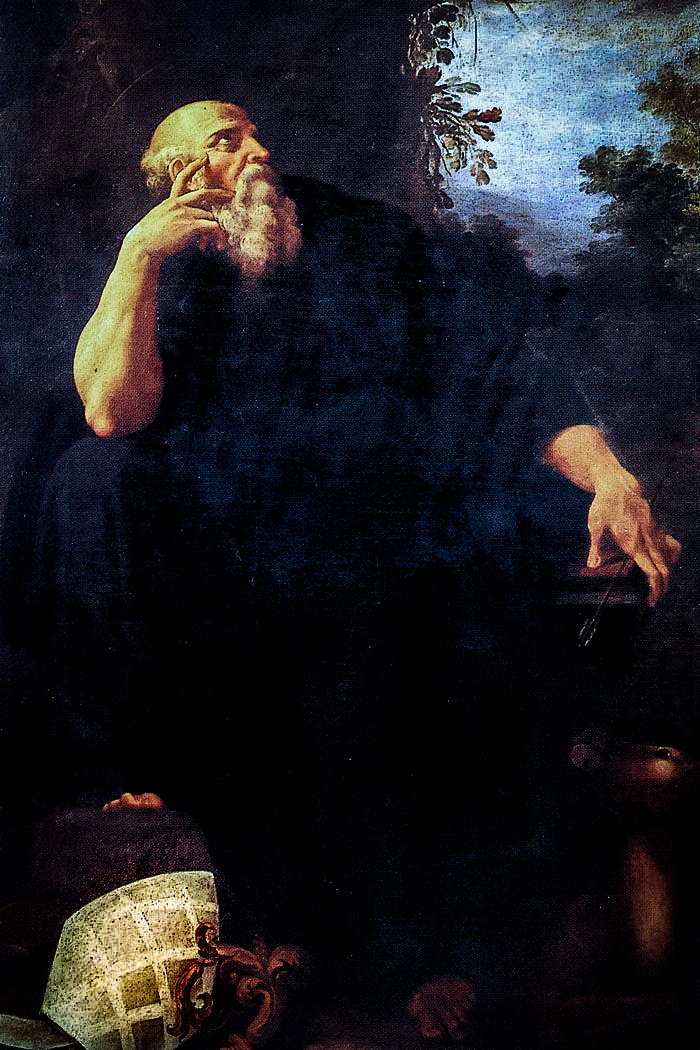at the presentation of the book "Sant'Egidio: la storia, il culto, le fonti"
The authors of this beautiful book, Marco Bartoli and Francesco Tedeschi, have done a great job. I’d say: not exactly a job which Benedictines can do, rather a job which Bollandists could have done. Bollandists were members of a small group of Belgian Jesuits who edited and published the Acta Sanctorum, the great collection of biographies and legends about the saints. They’re regarded as the best in the field of studies of hagiographic texts. This work about Sant’Egidio is of great interest because the authors have put together three different manuscripts for the first time. Two of them were well-known and already published, but the third one is a manuscript found in the Vatican Library, which has a link with the Basilica of Santa Maria in Trastevere – I don’t know if it’s purely by chance. It was produced at the same time as the reconstruction of the Basilica by Pope Innocentius II, in the 12th century. Now, for the first time, in this book, we have the unabridged Latin text of the legend, the life, and the miracles of Sant’Egidio along with the Italian translation. Not an easy task because that was written in medieval Latin.
The book, Liber Miracolorum (Book of Miracles), covers almost a century in the life of the Saint-Gilles Shrine: the author of the prologue and the first part, Petrus Guilelmi, wrote them between 1120 and 1124. The text includes a miracle attributed to Sant’Egidio, and recognized by the Archbishop of Reims in 1088. After Petrus’ death, an anonymous author added other sixteen miracles to the text, during the second half of the 12th century. The book as a whole is a collection of thirty-one miracles: they are quite original because they don’t follow just the evangelical models, but there are relevant differences. We have here wide-ranging stories, with a lot of geographical, historical, and political information, each time the content of which varies. They are ‘happy-ending thrillers’ which tell stories of men and women who suffer or have their lives under threat, and subsequently are saved by Sant’Egidio.
The sixth miracle is one of the loveliest: it tells the story of a Roman man who went to the Holy Land to fight the Saracens and was taken captive somewhere around Tripoli (Lebanon) in 1104. He was sold by his captors then he lived in Baghdad for seven years. Everything is related in a very detailed way. After a long captivity, the soldier prayed to Sant’Egidio and suddenly the chains fell off. During his escape he met a hind that miraculously guided him to Jerusalem. Which was not that obvious at all.















